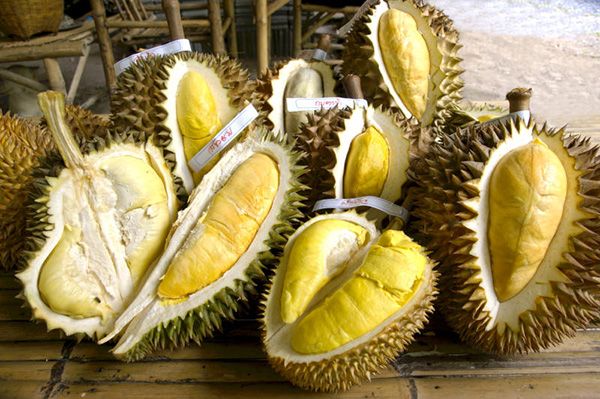Hot dogs have become a traditional meal at baseball stadiums, holiday cookouts, and the dorm rooms of broke college students everywhere. Every time we eat a wiener, though, rumours and speculation about the food’s manufacturing integrity bubble to the surface. Is this tubed meat created from monkey brains? Is there an underground network of hot dog enterprises that use calves’ foot as a filler? Why are hot dogs so nutritionally dubious?
Sawdust and dog and horse parts, which were previously used to make hot dogs and other highly processed meats, were no longer used. Companies were required to follow tight preparation rules, which dramatically lowered the risk of foodborne illness and compelled them to use transparent food labels.
Hot dogs are no exception, however you may need to decode some of the labelling to know what you’re really biting into. Trimmings, a whimsical term for the discards of meat cuts left on the slaughterhouse table, are the origin of beef, pork, turkey, or chicken dogs. That usually means fatty tissue, sinewy muscle, meat from an animal’s head, and the odd liver.

This pile of unappealing gristle is pre-cooked to remove bacteria before being ground up and forced through a sieve to create a hamburger-like texture. A variety of ingredients are used in new york hot dog onion sauce, including as ascorbic acid (vitamin C) to aid in curing, water, corn syrup, sugar, mustard, pepper and various spices for flavour, could be added at this time. However, you can add the ingredients that you prefer to use.
Have you gotten that? There were no worms. Following another purée, the beef paste is poured into casings to form the typical tubular shape before being thoroughly cooked. After a water rinse, the hot dog’s cellulose casing is removed and it is packaged for consumption.
More cautious people should pay closer attention to product labels. If you notice “variety meats” or “meat by-products,” that suggests the hot dog’s meat batter contains heart or other organ material. Nitrates are the frequent additives, however all-natural dogs typically avoid any undesirable substances. If it’s branded “all beef” or “all pork,” you can be sure it’s made from muscle tissue and not organs.
But what about those trimmings? They can contain anything that comes off an animal, including blood, skin, and even feet. It’s all edible, though some may object to eating strange cow or pig bits.





